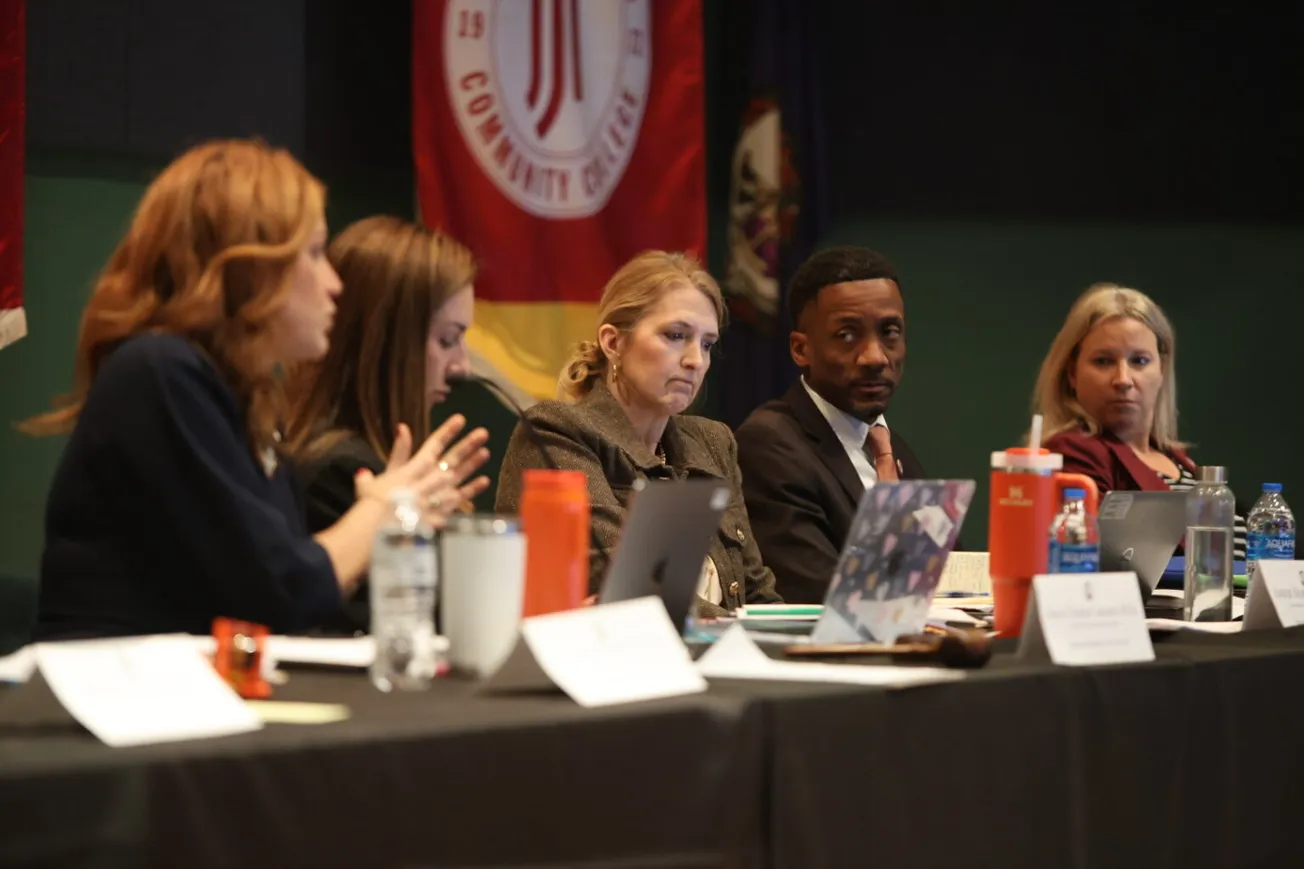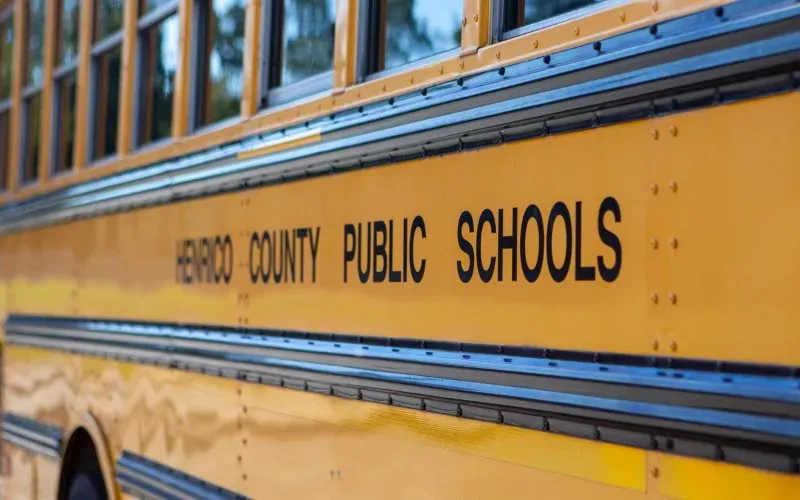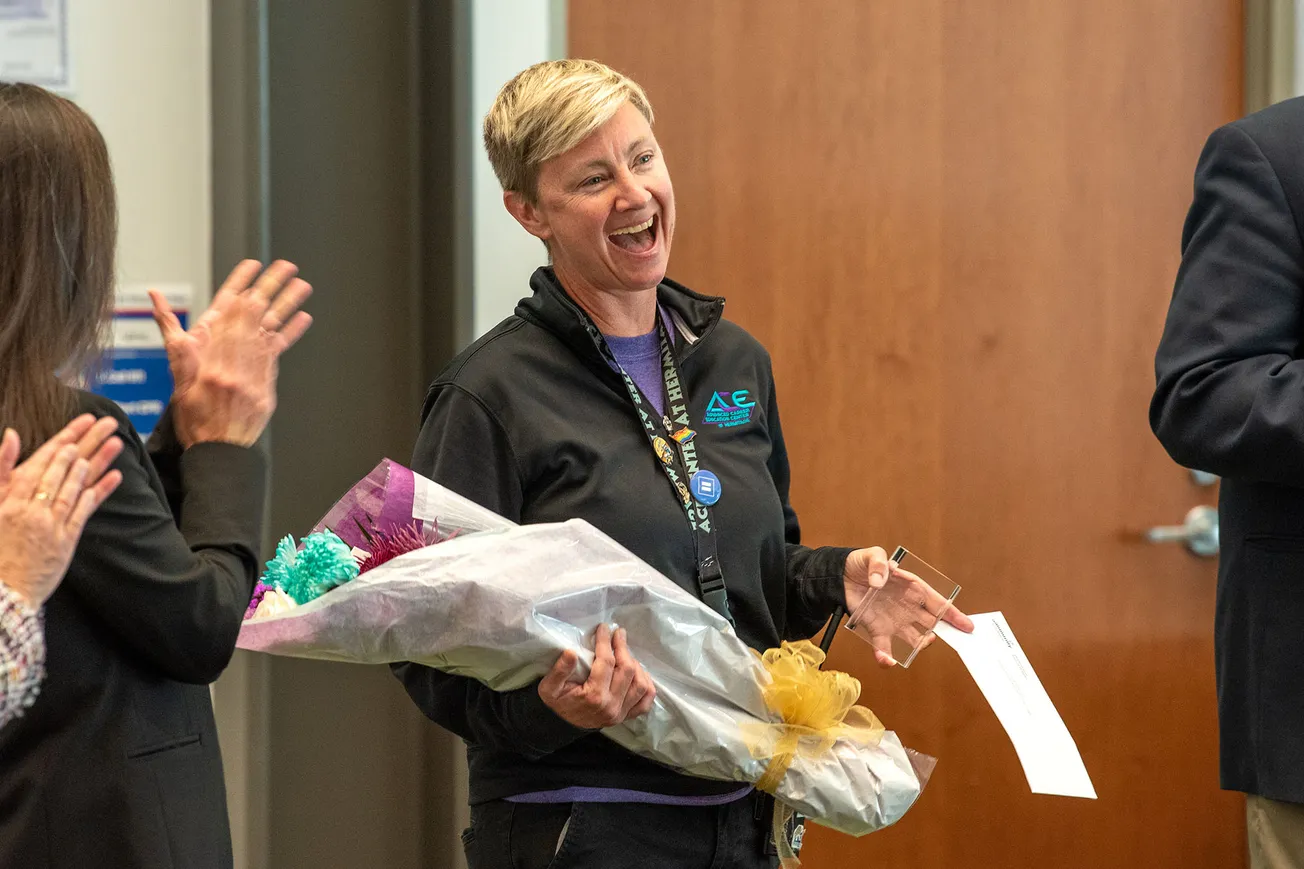Falling enrollment, higher expenses complicate Virginia’s K-12 budget outlook
State analysts warn millions in new costs are coming, but delayed attendance data and federal policy changes are clouding funding projections

Table of Contents
Virginia’s financial analysts say education costs are poised to rise over the next two years — but with enrollment still in flux, lawmakers don’t yet know how much the state will ultimately have to spend.
Last week, the House and Senate money committees met separately to assess what they will face across major funding areas, including K-12 education, over the coming biennium. The briefings were part of a broader effort to understand how to financially support Virginia as the state absorbs changes from the “One Big Beautiful Bill,” or HR 1, which will affect SNAP and Medicaid benefits.
Virginia will be responsible for offsetting at least some of the costs.
“Education funding continues to be a top priority,” said House Education Committee Chair Sam Rasoul, D-Roanoke. “Clearly the impacts of HR 1 are creating havoc on forecasting further investments. We will work hard to fund education priorities in this chaotic environment.”
Because enrollment data is a core factor in calculating Standards of Quality costs — the formula determining how much the state and localities must contribute — both committees are still waiting for updated projections. Simultaneously, lawmakers have been considering ways to address the decades-old funding formula that researchers have found underestimates and inadequately accounts for English Learners and students with special needs.
So far, data from the Virginia Department of Education show enrollment continues to decline, driven largely by declining birth rates and migration patterns.
Kenita Matthews, a VDOE spokeswoman, told The Mercury the agency is still collecting daily membership counts from all 132 school divisions. The reports were due Sept. 30.
“Unfortunately, we have had numerous divisions with delayed submissions that have impacted the release of the latest attendance data,” Mathews said in a statement. “We have sent letters to the final remaining divisions that have not submitted their annual report as of November 18 copying their governing board chairs and board of supervisors chairs.”
Using data from the Weldon Cooper Center for Public Service at the University of Virginia, VDOE staff told the Board of Education earlier this month that K-12 enrollment is projected to keep declining, with more than 30,000 fewer students expected statewide.
The board will receive a presentation on funding schools for the next two years at its Dec. 10 work session. Enrollment data for the current school year will be provided in January.
As part of the state’s rebenchmarking process, officials are reviewing the cost of maintaining direct aid to programs for the next two years. Both chambers estimate the baseline cost at no less than $844 million. Those areas include specialized student populations, targeted support, school operations, special incentives and personnel instructional expenses, which have risen.
Salaries for the next biennium were adjusted to include two 3% salary increases for the 2024-2026 biennium, increasing the total base budget by $3.1 billion. Other projected costs include $134.4 million in one-time bonuses, a $332.3 million increase for students and specialized programs, $13.2 million for career and technical education and $18.4 billion for early reading intervention.
The committees are still seeking updates on sales tax revenue, English Learner enrollment and final inflation figures.
Analysts in the two chambers produced different projections for the total cost of funding schools over the next two years — a gap of $122 million — tied to whether the state fully funds the Virginia Preschool Initiative. Planning and Budgeting estimated a cost of $120 million over the biennium.
The House used a lower estimate of $32.3 million, which aligns with typical spending.
Senate Education and Health Committee Chair Ghazala Hashmi, D-Richmond, said supporting “high quality” schools is essential while balancing and meeting the state’s other urgent needs in crafting the next budget.
“Education remains a cornerstone of our economic future, and we must remain committed to securing the resources to recruit excellent educators, maintain safe schools, and ensure students in every community can succeed,” Hashmi said in a statement to The Mercury.
“At the same time, we cannot ignore critical pressure points on health care, behavioral health, and essential services for our most vulnerable residents. These areas also directly affect the conditions in which our students learn and develop.”
Lawmakers return to Richmond on Jan. 14 for the start of the General Assembly.
Virginia Mercury is part of States Newsroom, a nonprofit news network supported by grants and a coalition of donors as a 501c(3) public charity. Virginia Mercury maintains editorial independence. Contact Editor Samantha Willis for questions: info@virginiamercury.com.




